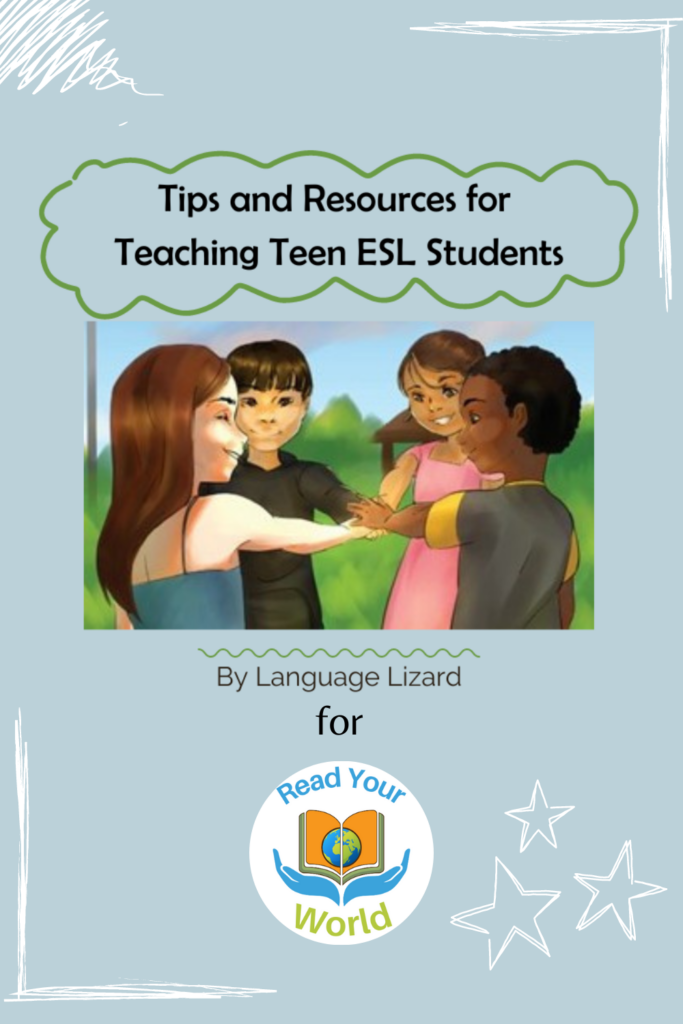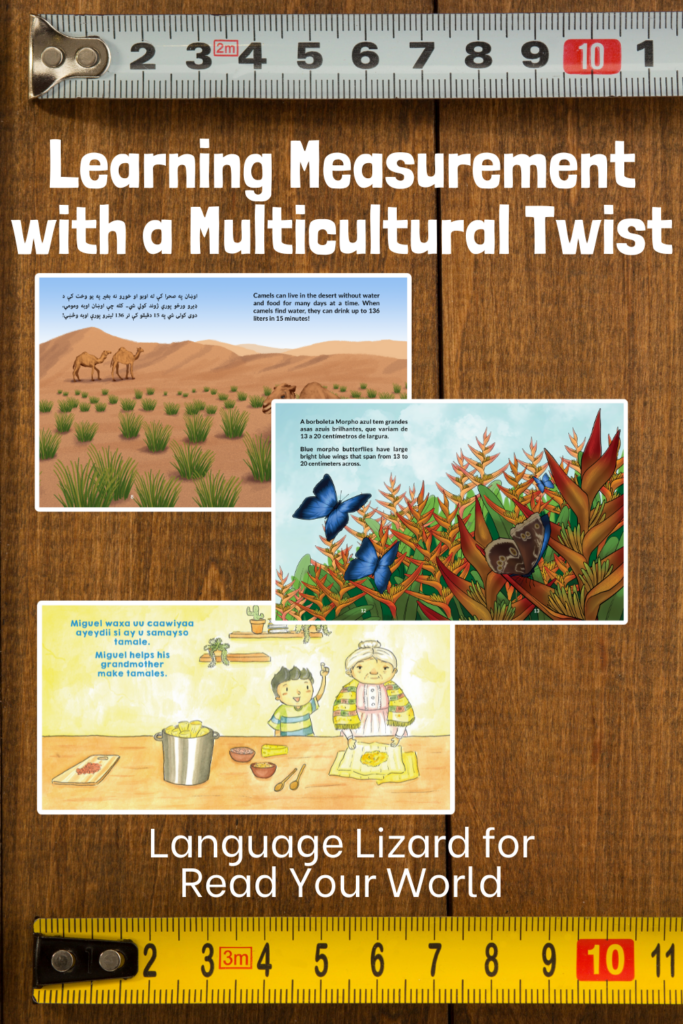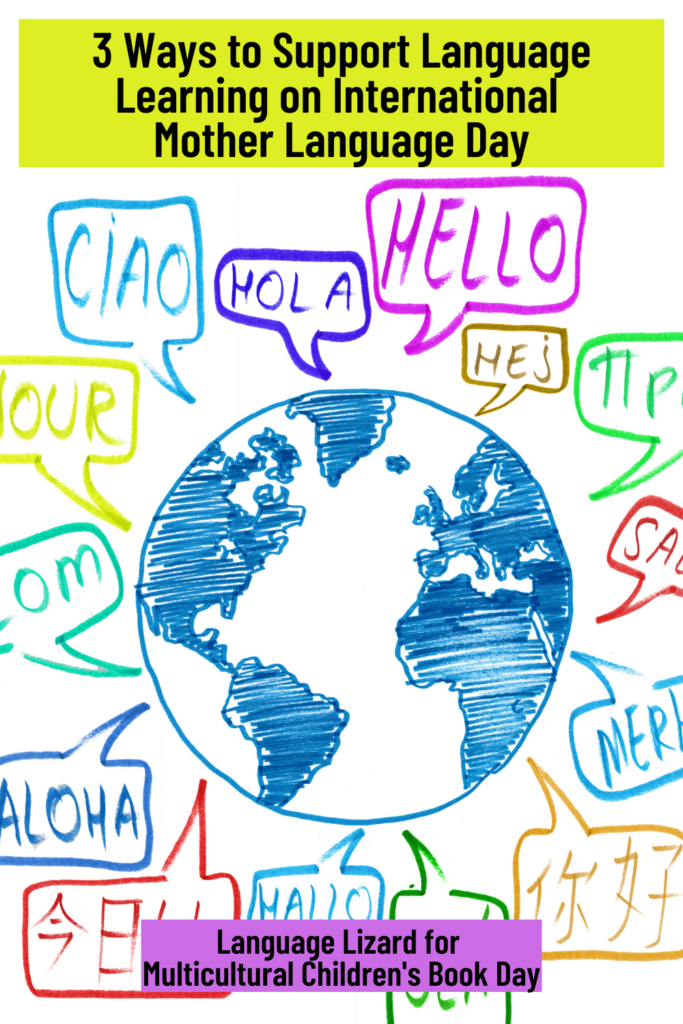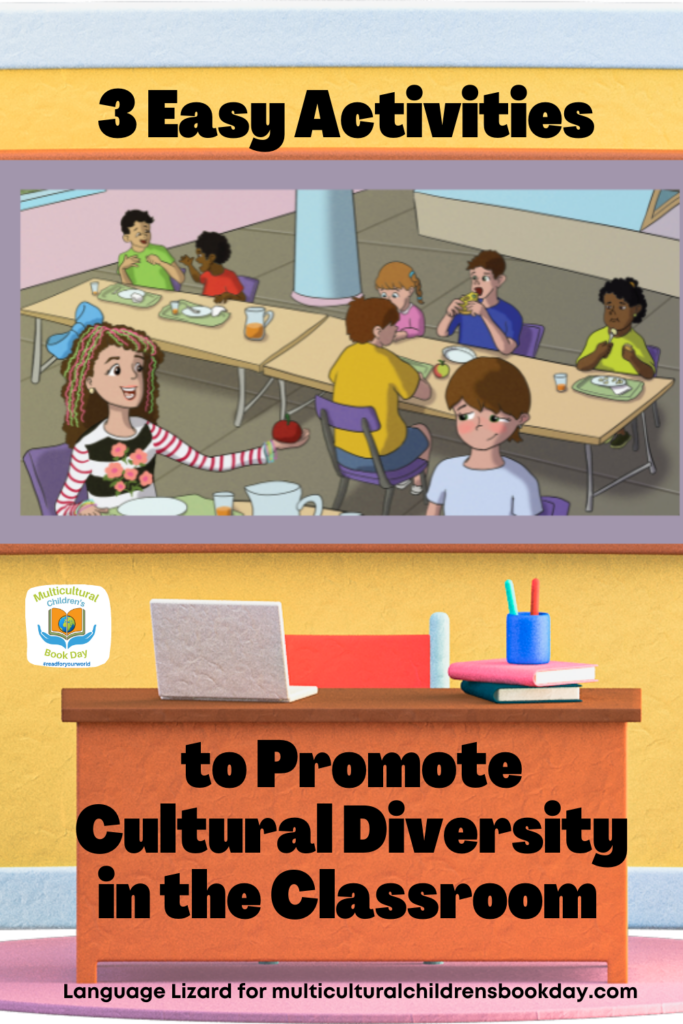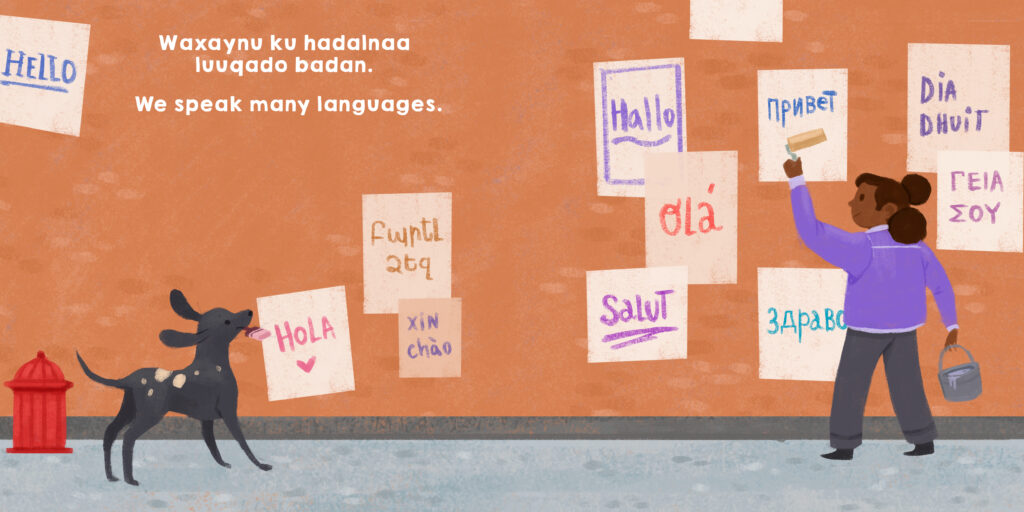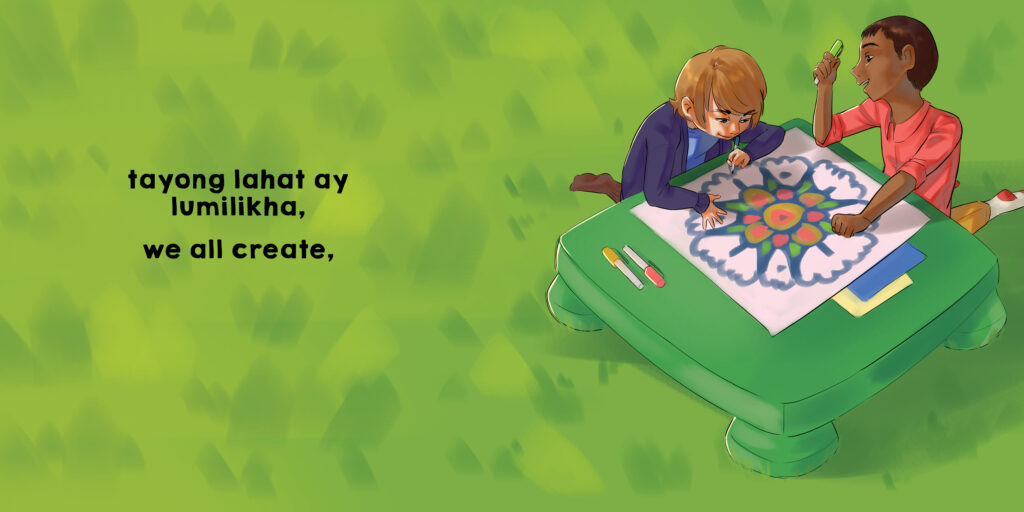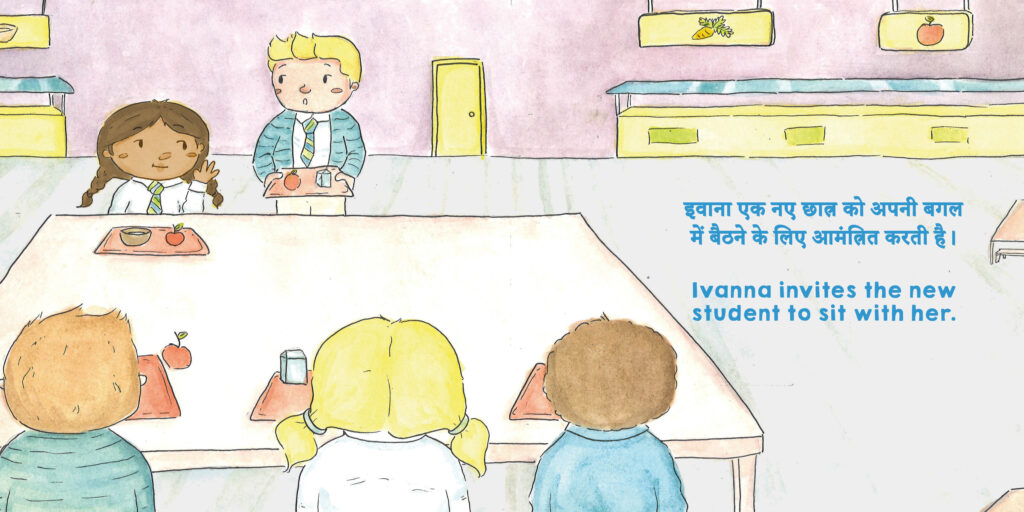Guest post by Language Lizard, 2023 Platinum Sponsor
Learning a new language can be daunting, especially for teenagers already facing numerous challenges in their personal and academic lives as they adjust to a new country, community, and school. In addition, teenagers have unique personalities and learning styles, making it challenging to keep them motivated and engaged in the classroom. Here are three tips to help educators create a positive learning environment and teach teen ESL students effectively:

